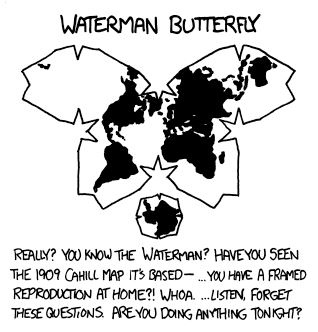

That seems like a big change in one year. It may to some extent reflect delay, as on average chinese used to pair-up at a younger age than typical in europe, also maybe some feel old traditions aren’t necessary to keep a stable family with children. But the article says, the core factors are economic. Even so, as they have built so many surplus apartments, the [real] prices must drop, I wonder how many years before they are trying to sell the chinese dream to migrants from Africa or elsewhere.



I’m aware of the racism issue, I even observed it myself in China, even many years ago.
But i’ve also seen similar problems in other corners of the world. Such cultural concepts can change slowly, as they did over here.
Anyway, I doubt this would dissuade people trying to connect what will become the world’s main supply of surplus young labour, with the world’s greatest demand for care-services, combined with spare apartments, money, and a milder climate. Not saying it’s good or bad, just trying to anticipate future changes.